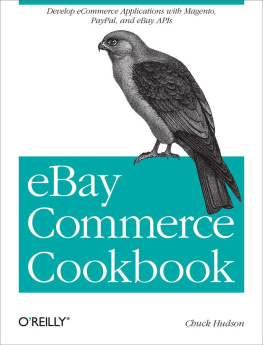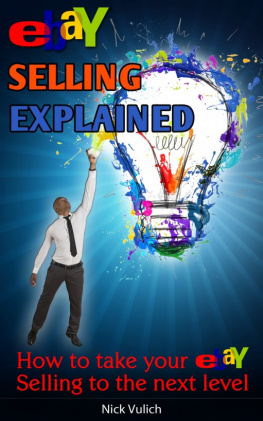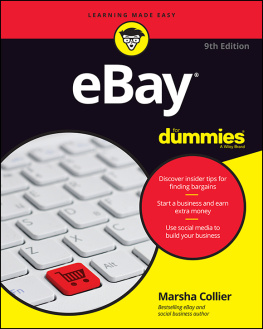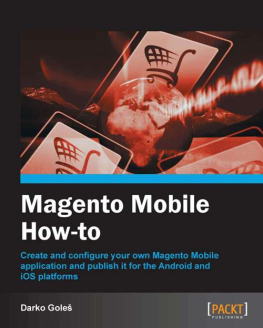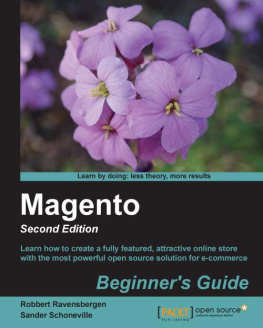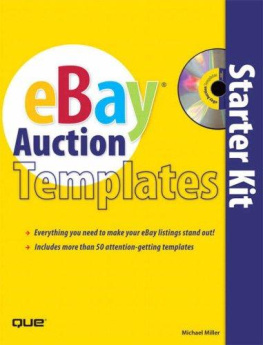How We Do Commerce
The way in which we do commerce across the globe has changed greatly in the last decade, and indeed in just the last couple of years. No longer can commerce be thought of as solely completed in brick-and-mortar storefronts and on PCs, through online commerce sites. We now have commerce anywhere and everywhere, through mobile devices and card readers that plug into our smartphones. Business models have expanded past the freemium and premium models used extensively online into innovative concepts such as social commerce and causium implementations. The commerce lifecycle is literally changing before our eyes.
On a recent trip to San Francisco, I found myself in one of the on-demand car service options traveling from my hotel across town to the Moscone conference center. While riding along, I realized that I had forgotten to purchase a birthday present for a friend. Using my smartphone, I looked up my friends wish list on a popular online shopping site and purchased a present to be shipped out that day in a few simple clicks. The site let me sign in quickly via my mobile device, find my friends wish list, see what was recommended for her, and check out without even having to pull out my credit card. I then remembered that the night before another friend had paid for dinner and I wanted to reimburse him for my half. So I opened my PayPal app on the phone and quickly transferred some funds to him.
In that short ride, I had completed multiple commerce transactions. When we arrived at the conference center, I handed my credit card to the driver, who took out his smartphone and plugged in a tiny card reader. He proceeded to swipe my credit card, input the total, and have me sign, and then emailed me a receipt.
The point of this story is that commerce is not only happening anywhere and at any time due to an explosion of smartphone usage, but customers are being introduced to a new level of convenience and features that are quickly becoming the expected level of service. Multiple models support these features, including ecommerce, mobile commerce (mcommerce), and social commerce (scommerce). Who knows what the next initial-commerce model will be? eBay has recognized this explosion of new models and established the X.commerce initiative, aimed at supporting the commerce models currently being used and ones yet to be invented. Many of the examples in this text leverage the knowledge and code of the X.com website, and it is a recommended source if you plan to be heavily involved in this area.
Even if you are familiar with the basic use cases of the various eBay APIs, you may not have leveraged any of the many other API sets from other eBay properties to tap into the greater commerce lifecycle. In this book, you will be able explore functional examples that can be applied to generate more demand, traffic, and sales. The examples are designed so that you can jump in feet first and skip the rudimentary details that you may already be familiar with. If you are not familiar with a particular API being used, the example will discuss the basic concepts while providing links to further online documentation and examples. By the end of the book the examples will have covered a wide range of real-life scenarios, showing you how to incorporate into your commerce model features and functionality from APIs including eBay, Hunch, Magento, Milo, PayPal, RedLaser, and ql.io.
The goal of this book is to show how, with a little bit of effort and a wealth of powerful APIs, you can create and enhance your commerce flows. The real-life technical examples cover a range of exciting and innovative uses of the APIs, from generating social recommendations using Twitter feeds to sharing products with friends by scanning QR codes with the RedLaser API. The examples are designed to take you past the basic transaction steps and into functional areas that create a strong commerce lifecycle, combining business strategy with technical solutions.
Creating a Lifecycle
Generally speaking, the focus of any business is to implement an easy-to-use transaction payment system for goods or services so that customers can pay for what they want quickly and efficiently. The premise of this cookbook is that commerce in any formonline, mobile, social, or even storefrontshould not just be based on a single event in which a customer purchases an item, but instead should be enveloped in a lifecycle that encompasses the purchase transaction as a single step. The lifecycle starts before a customer ever reaches the point of purchase and can continue long past this event. Like an engine that turns over and over to keep a vehicle moving forward, the lifecycle should not stop after the single stroke of a purchase, but rather should optimally create the opportunity for multiple recurring purchases. As the lifecycle matures, the processes and stages that support the cycle become more robust and easier to accomplish.
shows a simplified commerce lifecycle, which is the basis for the structure of this book. The commerce lifecycle can be more complex, with more steps and sub-steps, but simplifying the lifecycle allows us to focus on the technology that can enhance these core steps or stages.
Figure 1. Simplified commerce lifecycle
The simplified commerce lifecycle is composed of five steps:
Product discovery and research
Product presentation
Purchase through a payment transaction
Order fulfillment (shipment and receipt)
Consumption and sharing through social commerce
Each step of the simplified lifecycle will be the basis for a chapter of examples in this book. Ultimately, all stages carry equal weight in their opportunity to create long-term customer relationships.
The first stageproduct discoveryrepresents the time and effort that the customer puts into researching, discovering, and identifying a particular offering. Many different sources of knowledge can contribute to this discovery: the user may look at recommendations of similar items, check out local sources of products, or read product reviews. The goal of this stage is to provide the information and data necessary for the user to hone in on a product that she may have sought outright or discovered accidentally.
After the identification of the product in the product discovery stage, the customer moves into a viewing and confirmation stage, labeled here as product presentation. The product presentation stage provides the user with all the information and data she may need to make that purchase decision, whether by adding the item to a shopping cart or signing up for the service. In either case, as the merchant, you need to provide access to the data and information about the product that the user may seek to trigger the decision to move to the purchase stage. This could include price comparisons, detailed specifications, or other customers reviews.

